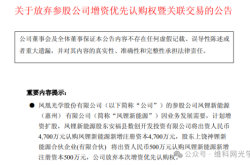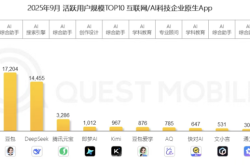Trouble-ridden Cybertruck embodies Musk's anxiety
![]() 08/20 2024
08/20 2024
![]() 488
488

Introduction
Global expansion hindered, local production capacity struggles.
Last week, a Cybertruck suddenly appeared on the streets of Tianjin, cruising around with a "green license plate." This Cybertruck gained popularity due to its official exhibition tours in multiple Chinese cities, where Tesla even invited media for closed-road dynamic and static tests. However, there is still no clear timeline for its official and compliant introduction and delivery in China.
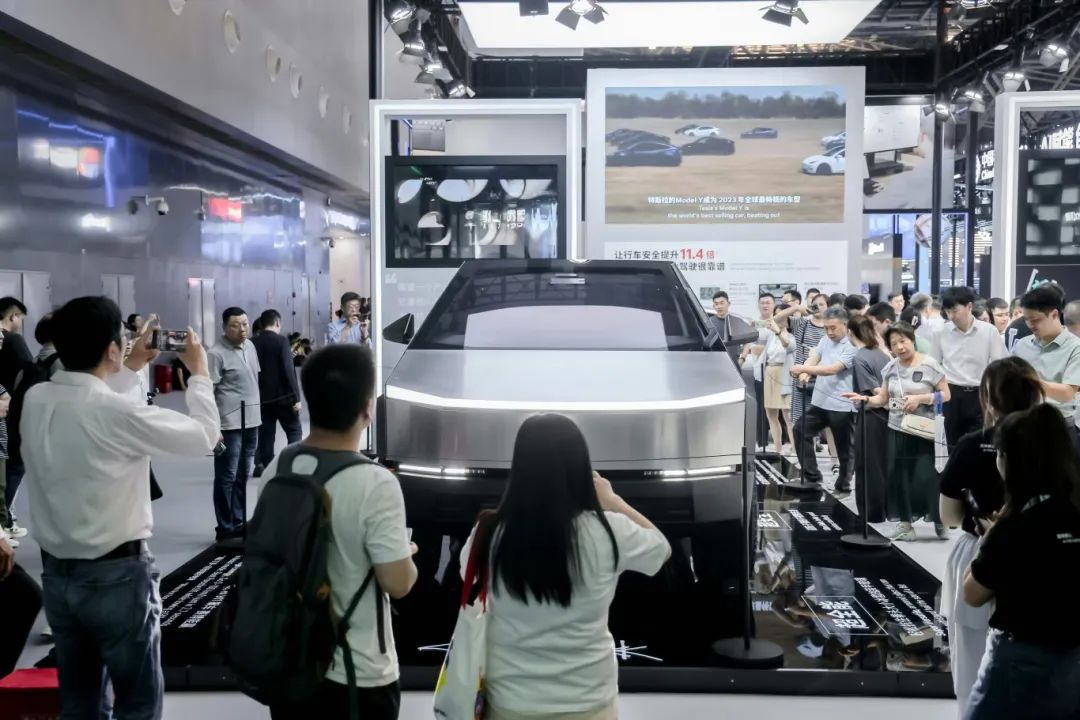
In contrast, the protagonist of this article's opening was reportedly imported through parallel import channels with great effort and managed to complete the necessary procedures for registration. Rumors suggest a price tag of up to one million yuan.
When the Cybertruck first stood in the spotlight over four years ago, it truly felt like dropping a bomb on the entire industry. Its design transcended traditional automotive definitions, embodying the vision of future intelligent vehicles for many.
Based on this premise, pre-orders for the Cybertruck were snapped up instantly upon opening.
At its peak, rumors claimed that orders approached 2 million units, valued at nearly $100 billion. It was widely believed that the Cybertruck would follow the success of the Model 3 and Model Y, becoming Tesla's next breakthrough in the global new energy market.
However, things did not unfold as expected. Perhaps due to manufacturing complexities or inadequate preparation at Tesla's US factories, the Cybertruck struggled with production issues, failing to ramp up production significantly even today.
In my view, the troubled Cybertruck embodies Musk's anxiety.
What if it arrives in China?
"It will be very difficult to legalize the Cybertruck on Chinese roads," Musk stated in response to a netizen's question on his personal social media platform in January this year. During Tesla's shareholder meeting in June, he further elaborated, "We must produce a special version for export."
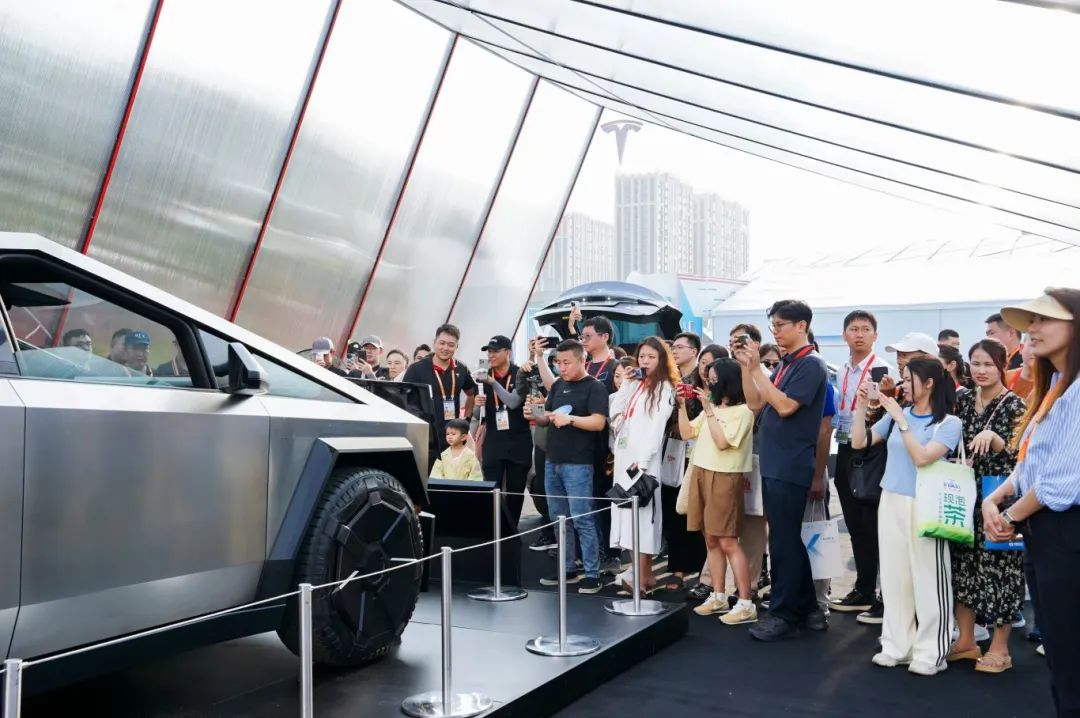
These two statements reflect an increasing desire to bring the Cybertruck to China. Its official exhibition tours in major cities like Beijing, Shanghai, Shenzhen, Xi'an, and Chengdu have garnered significant attention and traffic.
However, I believe that based on China's current policies towards pickup trucks, especially electric ones, which are gradually easing but still not as favorable as those for passenger cars, and the persisting prejudice against pickup trucks among the majority, the Cybertruck's prospects in China are limited even if it is successfully introduced.
Looking at the data, the total sales of pickup trucks in China's auto market last year were 326,500 units. However, when excluding low-end, tool-oriented pickups with lower prices, the market for high-end, recreational pickups with higher prices is quite limited.
Focusing further, the cumulative sales of electric pickups in China's auto market last year were just 6,444 units. The penetration of electrification in this segment is far less enthusiastic than that in the passenger car segment.
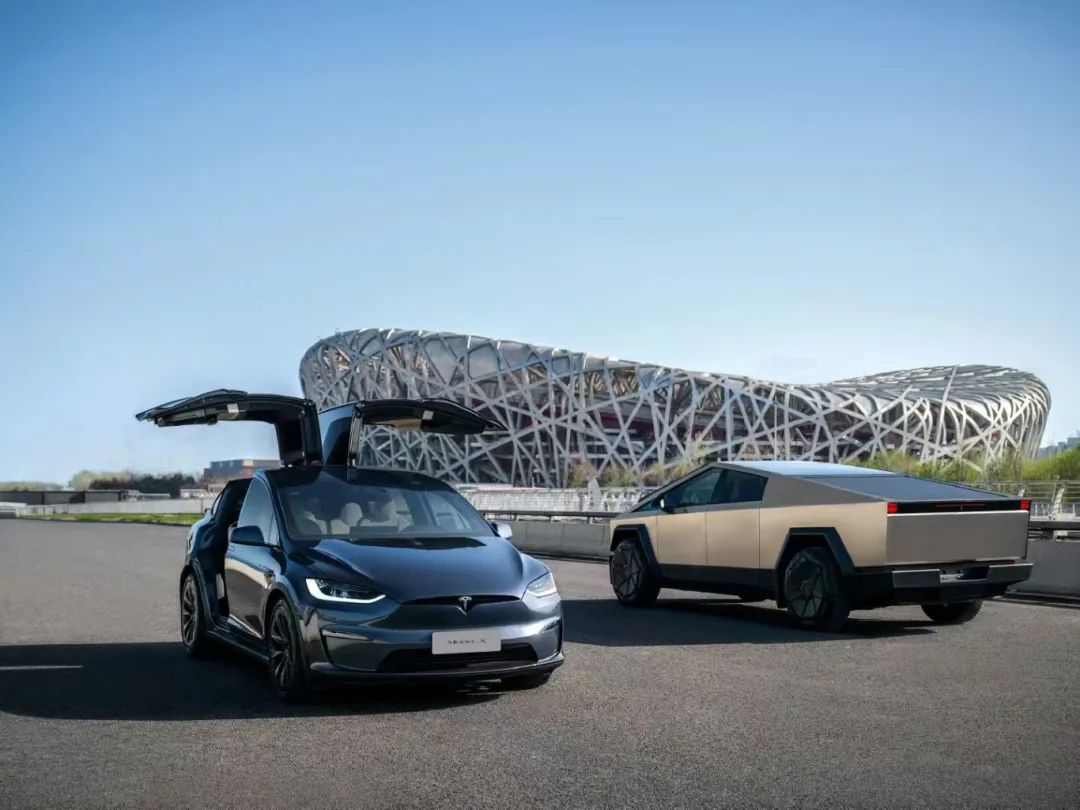
Without a fertile soil, the prospects for the Cybertruck's entry into China are undoubtedly grim. Even if it manages to attract some early adopters, their numbers will be limited.
Similarly, the Cybertruck's overseas expansion, particularly in the European market, faces numerous challenges. Besides regulatory compliance, weak demand is also a pain point that Tesla cannot ignore. In short, it lacks the right timing and local advantages before embarking on this journey.
This raises a new question: "Given all these complications, why is this American EV maker going to great lengths to make the Cybertruck a global vehicle? Isn't it better to focus on harvesting profits in its home market?"
In my opinion, the answer is straightforward.
Taking China's auto market as an example, Tesla quickly found itself in a quagmire amidst competition from numerous domestic brands. While the sales of its two flagship models, the Model 3 and Model Y, suffered, the erosion of its brand image was even more devastating.
Tesla was once synonymous with technological innovation. However, that aura has gradually faded. As evidence, sales of the premium Model X and Model S in China in the first half of this year were merely 828 and 156 units, respectively, indicating a clear decline.
In summary, the Cybertruck carries the heavy responsibility of reshaping Tesla's image and reclaiming its former glory. However, doubts persist: Can this electric pickup truly accomplish this feat?
Misfortunes never come singly
While the Cybertruck's overseas expansion serves as a glamorous facade, its role in the US market is indispensable as a pillar of support.

Last year alone, the cumulative sales of pickups in this segment reached an impressive 2.87 million units, representing a year-on-year growth of 5.82%. It's not just a tempting pie; it's a feast that can truly satisfy automakers.
Long dominated by traditional giants like Ford, GM, and Toyota, the US pickup market has traditionally been their stronghold. Ford alone sold 750,000 F-Series pickups last year.
With this backdrop, Tesla, with its predatory gaze, hopes to carve out a significant share of this market with the sharp fangs of the Cybertruck.
Put simply, it needs to ramp up production volumes. However, as mentioned earlier, the Cybertruck has struggled with production hell. Even now, it still cannot operate at full capacity. Adding insult to injury, another setback in June further exposed the Cybertruck's vulnerabilities.
According to the National Highway Traffic Safety Administration (NHTSA), Tesla announced a recall of 11,688 Cybertrucks produced between November 13, 2023, and June 6, 2024, due to potential faults in the single-arm windshield wipers.

More concerning than the recall itself is the revelation that Tesla delivered just over 10,000 Cybertrucks in over six months, despite holding a backlog of orders. This highlights the dire state of the vehicle's production.
Even though Musk has disclosed that Tesla aims to produce around 1,300 Cybertrucks per week, with a target of 2,500 per week by the end of 2024 (equivalent to around 10,000 per month), the mountain of orders still seems insurmountable. Consequently, delivery timelines have been extended indefinitely, leading to a significant loss of potential customers.
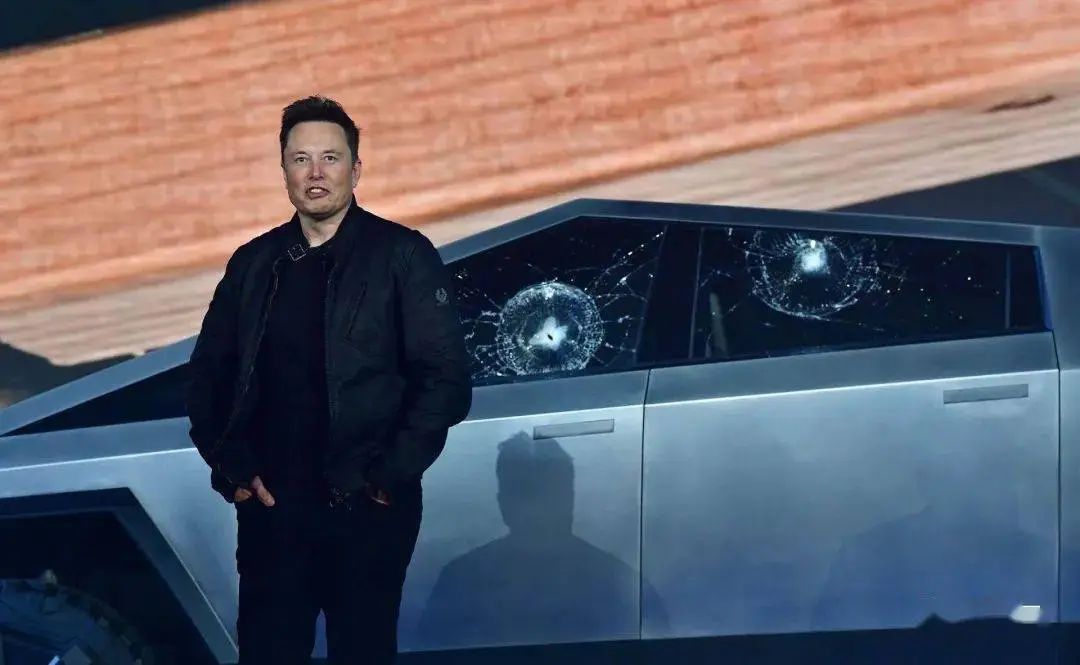
Last week, Tesla abruptly announced the cessation of orders for the entry-level rear-wheel-drive Cybertruck, originally scheduled for delivery next year at a price of $60,990 (approximately 438,000 Chinese yuan), making it the cheapest model in the Cybertruck lineup.
Simultaneously, Tesla increased the prices of its all-wheel-drive and tri-motor variants. The all-wheel-drive version's price rose from $79,990 (approx. 571,000 Chinese yuan) to $99,990 (approx. 718,000 Chinese yuan), while the tri-motor variant's price increased from $99,990 (approx. 714,000 Chinese yuan) to $119,990 (approx. 861,000 Chinese yuan).
Additionally, the driving range was adjusted, with the all-wheel-drive variant decreasing from 320 miles to 301 miles and the tri-motor variant dropping from 340 miles to 318 miles.
Industry analysts attribute these changes to lower-than-expected demand for the model. Tesla's seemingly magical maneuvers regarding the Cybertruck give off a sense of desperation: "Since production is struggling, might as well increase profit margins by raising prices."
The shrewd Musk would never allow both quantity and revenue to slip through his fingers.
However, in my mind, the troubled Cybertruck increasingly resembles a microcosm of Tesla's challenges this year. After a period of rapid growth, it is now facing intense backlash due to various internal and external issues.
In conclusion, the time has come for this American EV maker to prove its mettle. As the saying goes, "The valley is not terrifying; what's terrifying is losing the belief to climb out of it." Let's see how Tesla navigates its path forward.

